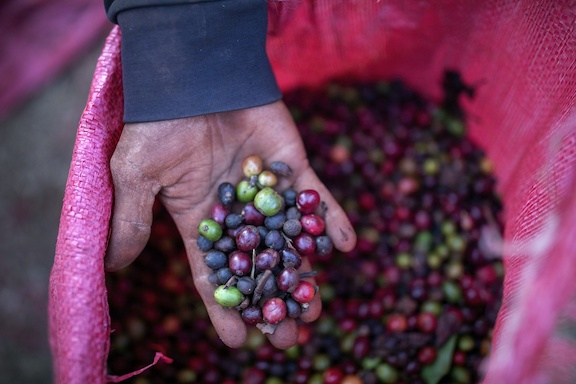Coffee exports from Vietnam are set to tighten as some growers hoard their beans and Red Sea risks mount following a smaller crop from the world’s biggest producer of the robusta variety.
Some farmers are waiting for even higher domestic prices before selling, and are instead relying on income from fruit sales including durians to cover costs in the meantime, according to Trinh Duc Minh, head of the Buon Ma Thuot Coffee Association in Dak Lak province, a key grower. The local price of robusta — used for instant drinks and espressos — has already rallied to a record.
“I haven’t seen this kind of hoarding at this point of the season,” according to Phan Hung Anh, chief executive of exporter Quang Minh Coffee Trading, who said it was the toughest season since he started the business in 1994. “Prices of fruits in coffee provinces have increased, so farmers are trying to sell them first to cover their living expenses and production costs.”

The harvest of Vietnam’s 2023-24 crop is almost done and output is forecast at 1.66 million tons of beans, according to the median of nine estimates of coffee exporters and traders surveyed by Bloomberg. That’s within range of market expectations from December and probably around 7% lower than the last crop.
Robusta futures in London are also at a record high due to supply shortages, adding more than 30% since early October. Some buyers have purchased less beans from Vietnam as Red Sea hostilities drive up freight costs, according to Tran Thi Lan Anh, deputy director of exporter Vinh Hiep Co.
After local robusta prices surged, some Vietnamese growers opted out of commitments made at the start of the season to sell beans, said Pham Quang Vinh, a buying agent in Gia Lai province that supplies traders and exporters including Olam Group Ltd.
Some farmers are worried that they will miss out should prices soar to as high as 100,000 dong a kilogram, he said. That would be 40% higher than the current domestic price.

Follow us on social media: